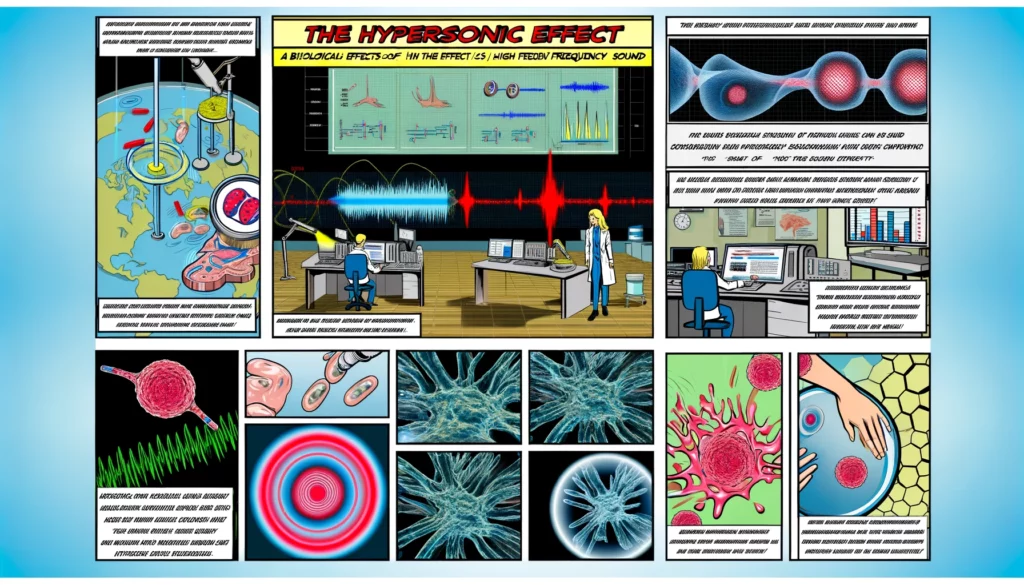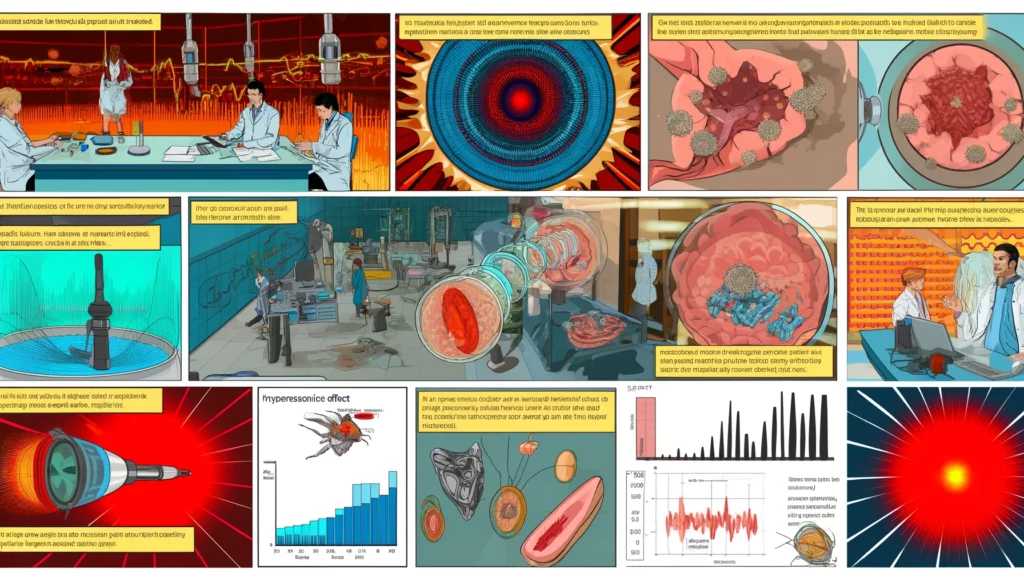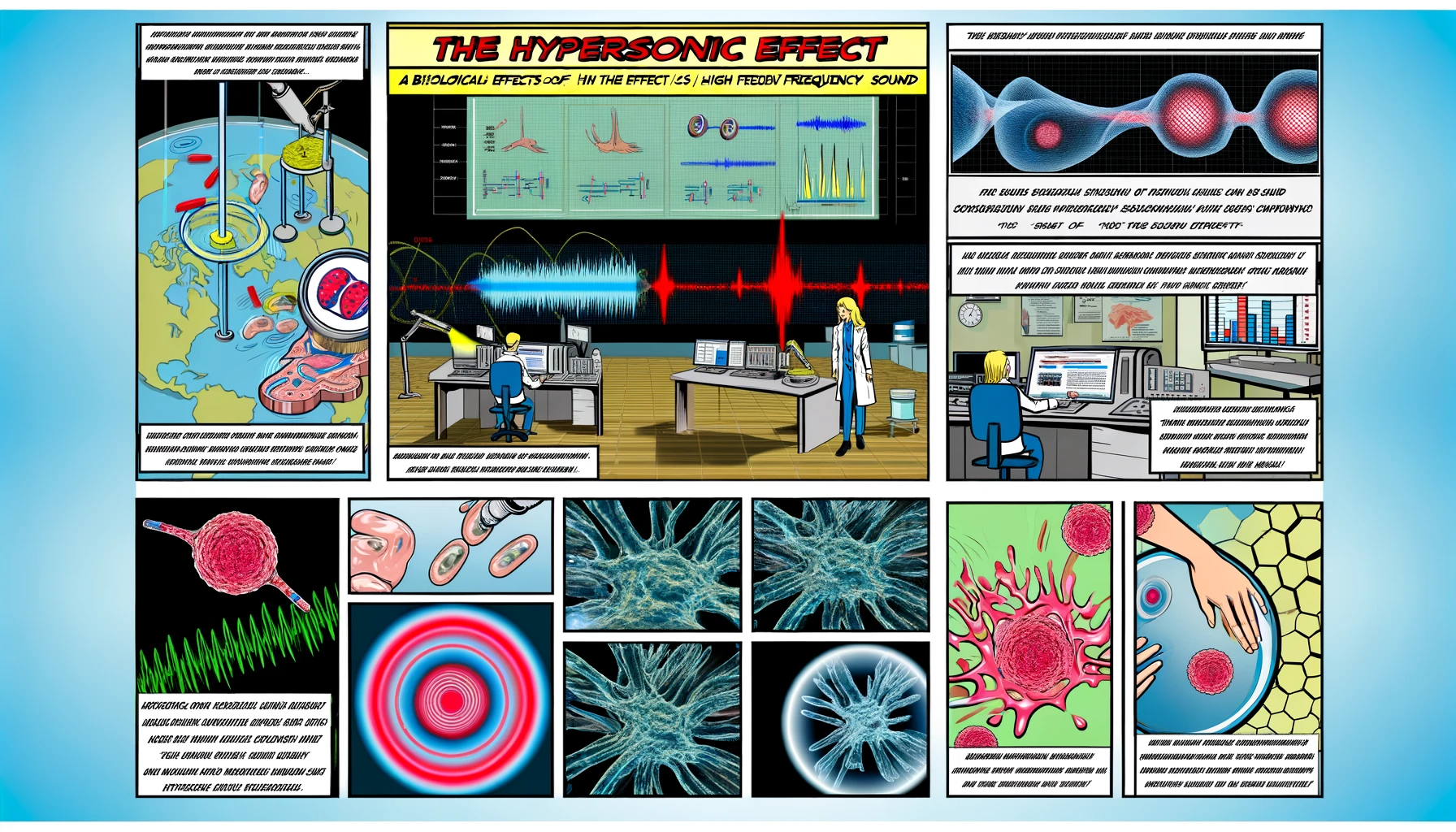Biological Effects of High Frequency Sound
“…results suggest the existence of a previously unrecognized response to complex sound containing particular types of high frequencies above the audible range. We term this phenomenon the ‘hypersonic effect.” May explain why most listeners can hear a supposedly impossibly high-frequency difference between a 12 kilo Hertz square wave versus a 12 kilo Hertz sine wave.
More scientific evidence supports the need for accurate wideband amplification in subjectively “good sound”: Reproduction of high frequencies measurably and dramatically stimulates increased brain activity, and “…[listeners] felt the sound containing [high frequencies] to be more pleasant than the same sound lacking [high frequencies and ultrasonics]. These results suggest the existence of a previously unrecognized response to complex sound containing particular types of high frequencies above the audible range. We term this phenomenon the ‘hypersonic effect.'”.
PDF – BiologicalEffectsOfHighFrequencySound-3548

Hypersonic Effect
The “hypersonic effect” refers to a phenomenon where humans respond to certain types of high-frequency sounds that are above the normal audible range. Typically, the human audible range is considered to be from 20 Hz to 20 kHz. Frequencies above 20 kHz are considered ultrasonic and are generally not perceivable by the average human ear. However, the hypersonic effect posits that these ultrasonic frequencies, while not consciously heard, may still have an impact on a person’s psychological or physiological state.
The interest in this area stems from research and experiments that suggest even though these high frequencies are not directly heard, their presence in complex sound environments can influence mood, perception, and possibly cognitive processes. This effect has been explored in various fields, including music psychology, neuroscience, and audio engineering. Researchers have been investigating how ultrasonic elements in music or ambient sound can affect listeners, even when they are not aware of these high-frequency components.
The study of the hypersonic effect is part of a broader interest in understanding how sound affects humans in ways that are not fully explained by traditional models of hearing. This includes looking at how sound waves interact with the body and brain, beyond just the mechanism of sound perception through the ears. The implications of this research could potentially impact areas such as the design of public spaces, music therapy, and the development of audio equipment designed to utilize these frequencies for beneficial effects.

Ultrasound
High-frequency sound, typically defined as sound with frequencies above the audible range of humans (20 Hz to 20 kHz), can have various biological effects on living organisms. While some high-frequency sound waves are imperceptible to humans, they can still impact biological systems, including humans and other animals. Here are some of the biological effects of high-frequency sound:
1. Ultrasound Imaging: High-frequency sound waves are commonly used in medical imaging techniques such as ultrasound. Ultrasound waves with frequencies higher than 20 kHz are directed into the body, and the echoes produced by bouncing off internal tissues are used to create images of organs, muscles, and other structures.
2. Thermal Effects: High-frequency sound waves can generate heat when they interact with biological tissues. This phenomenon, known as ultrasonic heating, is utilized in medical treatments such as ultrasound therapy for deep tissue heating and promoting tissue repair.
3. Cavitation: High-intensity ultrasound waves can cause cavitation, which is the formation and collapse of small bubbles in a liquid. Cavitation can occur in biological fluids such as blood or tissue fluids and may have therapeutic effects in medical treatments or be used for cell disruption in laboratory settings.
4. Auditory Effects: Although humans cannot hear high-frequency sound waves above 20 kHz, certain animals, such as bats and some species of dolphins and whales, can detect ultrasonic frequencies for communication, navigation, and hunting purposes.
5. Biological Disruption: In some cases, exposure to high-intensity high-frequency sound waves can cause biological disruption or damage. This can include effects such as tissue heating, cell damage, or disruption of cellular processes. However, the extent of these effects depends on factors such as the intensity, duration, and frequency of the sound exposure, as well as the type of tissue or organism exposed.
6. Repellent Effects: Some animals, such as rodents and insects, are sensitive to high-frequency sound waves and may be repelled by ultrasonic devices designed to deter them from specific areas. However, the effectiveness of these devices varies, and their impact on humans and non-target organisms is a subject of debate.

Overall, while high-frequency sound waves have various applications in medicine, industry, and communication, they can also have biological effects on living organisms. Understanding these effects is important for ensuring the safe and responsible use of high-frequency sound technologies and minimizing potential risks to human health and the environment.
